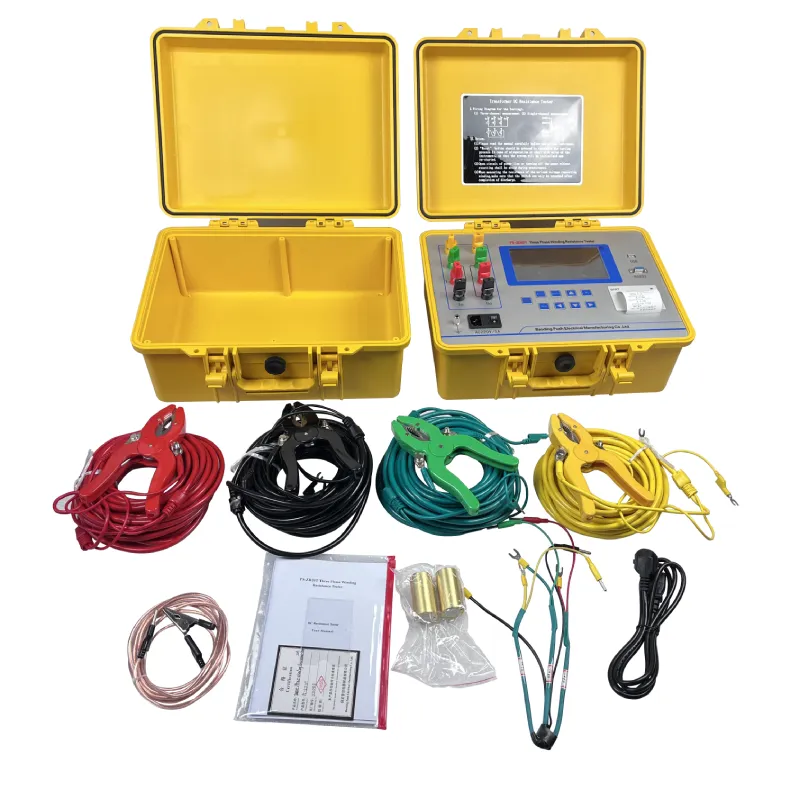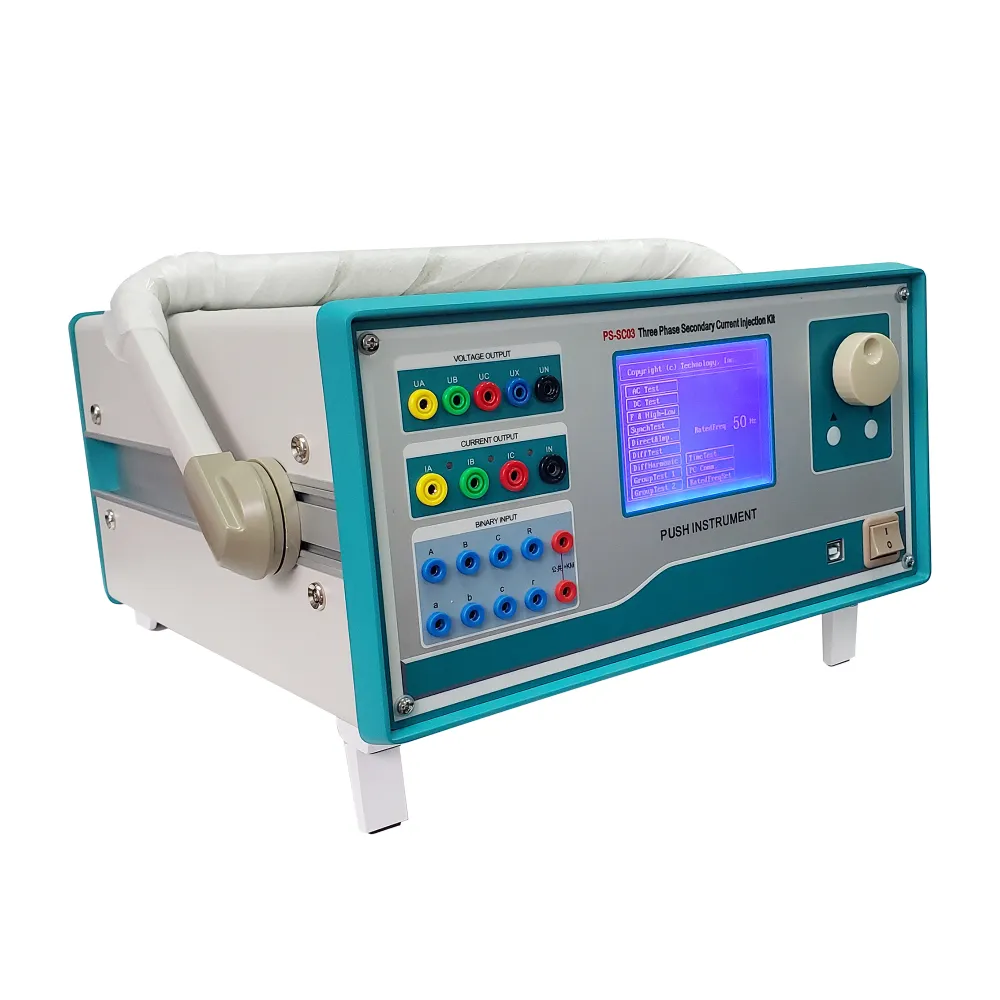TEL:
+86-0312-3189593
 English
English

Telephone:0312-3189593

Email:sales@oil-tester.com

-
 Afrikaans
Afrikaans -
 Albanian
Albanian -
 Amharic
Amharic -
 Arabic
Arabic -
 Armenian
Armenian -
 Azerbaijani
Azerbaijani -
 Basque
Basque -
 Belarusian
Belarusian -
 Bengali
Bengali -
 Bosnian
Bosnian -
 Bulgarian
Bulgarian -
 Catalan
Catalan -
 Cebuano
Cebuano -
 China
China -
 China (Taiwan)
China (Taiwan) -
 Corsican
Corsican -
 Croatian
Croatian -
 Czech
Czech -
 Danish
Danish -
 Dutch
Dutch -
 English
English -
 Esperanto
Esperanto -
 Estonian
Estonian -
 Finnish
Finnish -
 French
French -
 Frisian
Frisian -
 Galician
Galician -
 Georgian
Georgian -
 German
German -
 Greek
Greek -
 Gujarati
Gujarati -
 Haitian Creole
Haitian Creole -
 hausa
hausa -
 hawaiian
hawaiian -
 Hebrew
Hebrew -
 Hindi
Hindi -
 Miao
Miao -
 Hungarian
Hungarian -
 Icelandic
Icelandic -
 igbo
igbo -
 Indonesian
Indonesian -
 irish
irish -
 Italian
Italian -
 Japanese
Japanese -
 Javanese
Javanese -
 Kannada
Kannada -
 kazakh
kazakh -
 Khmer
Khmer -
 Rwandese
Rwandese -
 Korean
Korean -
 Kurdish
Kurdish -
 Kyrgyz
Kyrgyz -
 Lao
Lao -
 Latin
Latin -
 Latvian
Latvian -
 Lithuanian
Lithuanian -
 Luxembourgish
Luxembourgish -
 Macedonian
Macedonian -
 Malgashi
Malgashi -
 Malay
Malay -
 Malayalam
Malayalam -
 Maltese
Maltese -
 Maori
Maori -
 Marathi
Marathi -
 Mongolian
Mongolian -
 Myanmar
Myanmar -
 Nepali
Nepali -
 Norwegian
Norwegian -
 Norwegian
Norwegian -
 Occitan
Occitan -
 Pashto
Pashto -
 Persian
Persian -
 Polish
Polish -
 Portuguese
Portuguese -
 Punjabi
Punjabi -
 Romanian
Romanian -
 Russian
Russian -
 Samoan
Samoan -
 Scottish Gaelic
Scottish Gaelic -
 Serbian
Serbian -
 Sesotho
Sesotho -
 Shona
Shona -
 Sindhi
Sindhi -
 Sinhala
Sinhala -
 Slovak
Slovak -
 Slovenian
Slovenian -
 Somali
Somali -
 Spanish
Spanish -
 Sundanese
Sundanese -
 Swahili
Swahili -
 Swedish
Swedish -
 Tagalog
Tagalog -
 Tajik
Tajik -
 Tamil
Tamil -
 Tatar
Tatar -
 Telugu
Telugu -
 Thai
Thai -
 Turkish
Turkish -
 Turkmen
Turkmen -
 Ukrainian
Ukrainian -
 Urdu
Urdu -
 Uighur
Uighur -
 Uzbek
Uzbek -
 Vietnamese
Vietnamese -
 Welsh
Welsh -
 Bantu
Bantu -
 Yiddish
Yiddish -
 Yoruba
Yoruba -
 Zulu
Zulu
Vas . 11, 2025 09:29
Back to list
power transformer type test
Power transformers serve as critical components in electrical power systems, converting voltages and ensuring efficient energy distribution. Understanding power transformer type tests is essential for evaluating and guaranteeing the functionality and reliability of these devices. These tests determine the operational readiness of transformers before they are deployed into service, providing the assurance needed by industries and utilities worldwide. Through firsthand experiences and expert insights, we delve into the specifics of these tests, elucidating the comprehensive measures taken to establish their operational integrity.
Short Circuit Withstand Test One of the most severe test conditions, this involves subjecting the transformer to conditions that simulate a short circuit event. Experts analyze the mechanical and electrical resilience of transformers, ensuring that the structural components can physically withstand high fault currents. The expertise gained from these tests provides crucial data to design improvements that enhance the fault tolerance of power transformers. No Load Loss and Current Measurement Assessing the efficiency of a transformer is essential for operational cost evaluations. This test measures the core losses and no-load current, providing data necessary to optimize transformer design for enhanced energy efficiency. The focus here is on reducing losses without compromising performance, necessitating a deep understanding of core material properties and magnetic behavior. Each of these tests plays a pivotal role in the transformer design process, ensuring quality, safety, and reliability. Experts involved in conducting these tests have cautioned that inadequate testing can lead to severe operational failures, emphasizing the necessity for rigorous testing protocols as part of quality assurance practices. Manufacturers and engineers specializing in power transformers are advised to remain up-to-date with both industry standards, such as those by IEEE and IEC, and technological advancements in testing methodologies. The authority derived from adherence to global standards, coupled with a comprehensive testing regime, positions manufacturers favorably in a competitive market. Furthermore, routine updates to testing procedures, driven by technological innovation and research, contribute vital data that informs future transformer designs and operational strategies. Power transformer type tests offer invaluable insights and are indispensable for the assurance of reliability and performance. When conducted with precision and expertise, they not only validate the functionality of transformers but also engender a significant level of trust and confidence among stakeholders, ensuring that power systems operate optimally and sustainably.


Short Circuit Withstand Test One of the most severe test conditions, this involves subjecting the transformer to conditions that simulate a short circuit event. Experts analyze the mechanical and electrical resilience of transformers, ensuring that the structural components can physically withstand high fault currents. The expertise gained from these tests provides crucial data to design improvements that enhance the fault tolerance of power transformers. No Load Loss and Current Measurement Assessing the efficiency of a transformer is essential for operational cost evaluations. This test measures the core losses and no-load current, providing data necessary to optimize transformer design for enhanced energy efficiency. The focus here is on reducing losses without compromising performance, necessitating a deep understanding of core material properties and magnetic behavior. Each of these tests plays a pivotal role in the transformer design process, ensuring quality, safety, and reliability. Experts involved in conducting these tests have cautioned that inadequate testing can lead to severe operational failures, emphasizing the necessity for rigorous testing protocols as part of quality assurance practices. Manufacturers and engineers specializing in power transformers are advised to remain up-to-date with both industry standards, such as those by IEEE and IEC, and technological advancements in testing methodologies. The authority derived from adherence to global standards, coupled with a comprehensive testing regime, positions manufacturers favorably in a competitive market. Furthermore, routine updates to testing procedures, driven by technological innovation and research, contribute vital data that informs future transformer designs and operational strategies. Power transformer type tests offer invaluable insights and are indispensable for the assurance of reliability and performance. When conducted with precision and expertise, they not only validate the functionality of transformers but also engender a significant level of trust and confidence among stakeholders, ensuring that power systems operate optimally and sustainably.
Previous:
Latest news
-
Testing Equipment Industry Sees Major Advancements in 2025: Smart & Precision Technologies Lead the WayNewsJun.06,2025
-
Applications of Direct Current Generators in Renewable Energy SystemsNewsJun.05,2025
-
Hipot Tester Calibration and Accuracy GuidelinesNewsJun.05,2025
-
Digital Circuit Breaker Analyzer Features and BenefitsNewsJun.05,2025
-
Benefits of Real-Time Power Quality Monitoring Devices for Industrial EfficiencyNewsJun.05,2025
-
Earth Fault Loop Testing in High-Rise Building Electrical SystemsNewsJun.05,2025



